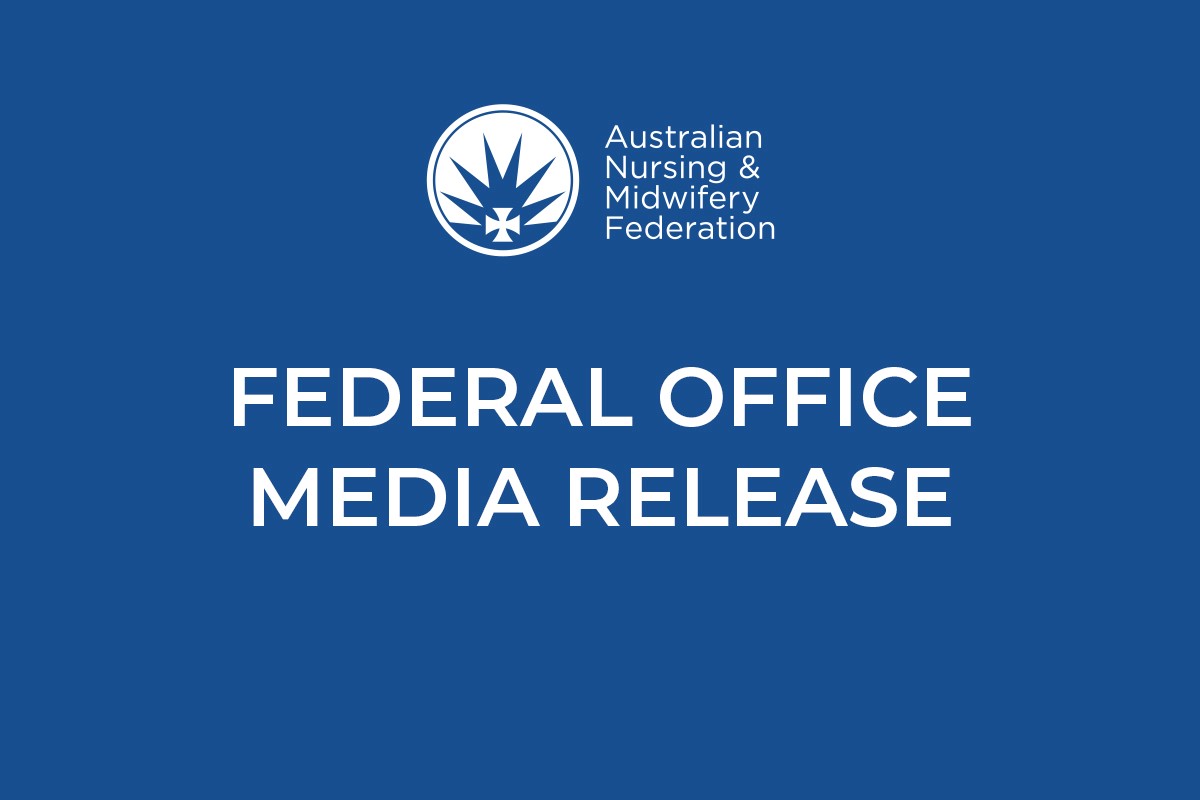
The Andrews Government has introduced draft legislation into Victorian Parliament to replace the state’s eight-year-old Mental Health Act 2014.
The then Deputy Premier and Mental Health Minister James Merlino tabled the Mental Health and Wellbeing Bill 2022 in the lower house on 21 June as part of implementation of recommendation 42 of the mental health royal commission.
On 24 June, Mr Merlino announced his retirement at the next election and Labor MP Gabrielle Williams has been appointed to the mental health portfolio.
The draft legislation enables the new architecture and powers to build a new mental health system focused on compassion, prevention, wellness and recovery.
Once the bill is passed, there will be 12 months to prepare for implementation, including workforce training. The 2022-23 state budget included 29.3 million to support this training rollout. The new Act must be in place no later than 1 September 2023.
ANMF (Vic Branch) Assistant Secretary Madeleine Harradence said it was ‘absolutely critical’ that mental health nurses and other workers in mental health were supported through the implementation process.
‘ANMF is confident the government understands the level of implementation and preparation support that the workforce needs to be a positive part of the changes that are coming,’ she said.
In his second reading speech, Minister Merlino said the draft legislation was ‘an unapologetically aspirational bill’ and would ‘reset the legislative foundations of our mental health and wellbeing system’.
He identified ‘workforce, legislation and large-scale sustainable investment’ as the three core foundations to achieve successful mental health reform.
‘Working alongside our dedicated mental health and wellbeing workforce, we will create the service system envisaged by the royal commission, providing world-leading mental health and wellbeing services for all Victorians,’ he said.
Importantly on workforce, Mr Merlino said the government’s $600 million investment into ‘workforce pipelines and retention’ was on track to deliver more than 2500 additional mental health professions as required by the mental health and wellbeing workforce strategy.
What are the key changes?
- Foundations: a broader group of more mental health and wellbeing providers to be regulated to allow an inclusive, flexible, responsive, and compassionate system.
- Aboriginal social and emotional wellbeing: a statement of recognition and acknowledgement of treaty process and new cultural safety principles.
- Rights-based objectives and principles: to drive the highest attainable standard of mental health and wellbeing for Victorians and strengthened obligations for service providers.
- Supporting individuals to exercise their rights: requiring services that are responsive to an individual’s needs and preferences. The bill contains better support for dignity and autonomy and people will be able to opt out of non-legal advocacy.
- Lived experience at the centre: people with lived and living experience will be at the centre of the redesigned mental health system. They will also hold leadership roles, as will carers, family and supporters.
- Treatment and care: reduction in the use and impact of compulsory assessment and treatment and restrictive interventions, including:Revised targets for seclusion set at five episodes per 1000 occupied bed days for child and youth and aged services, and at eight episodes for adult and forensic services.The draft laws also have safeguarding measures (such as use of advanced statement of preference). Chemical restraint use is regulated. Community treatment orders can be for a maximum six-month duration compared to 12 months currently.
- Health-led response to mental health crisis: legislative framework for a health-led response to mental health crises in the community. Includes the principles that, wherever possible, health professionals (including paramedics) will lead responses rather than police or protective service officers and that powers should be exercised in the least restrictive way possible. The draft legislation seeks to support people at a time of crisis by shifting to a health-led response and reducing reliance on Victoria Police as first responders.
- Information sharing: consent-based information sharing and circumstances when information can and should be shared with families, carers, and supporters.
- New roles and entities include:
- Regional Mental Health and Wellbeing Boards
- Regional and statewide multiagency panels
- Chief Officer of Mental Health and Wellbeing
- Mental Health and Wellbeing Commission
- System-wide oversight of the quality and safety
- Statewide oversight, including complaints
- Youth Mental Health and Wellbeing Victoria
- Sustainable resourcing: the mental health and wellbeing surcharge began on 1 January 2022. It is paid by employers if they pay Victorian taxable wages depending on annual thresholds.
What is changing in relation to compulsory treatment?
An independent review of compulsory treatment criteria and alignment of decision-making laws will start in October 2022. The independent review’s work will be guided by terms of reference which will be developed by a dedicated working group made up of consumers, families, carers, supporters, workers and service providers.
What’s missing?
Whilst the royal commission did acknowledge that elimination must be staged over a ten-year period, in our submission on the Health and Wellbeing Act, ANMF recommended measures that included embedding a workforce occupational health and safety committee in the legislation to ensure the rights of the workforce were also monitored throughout the elimination strategy
Disappointingly, ANMF’s recommendation was not included in the final bill.
‘Our mental health members are supportive of reducing restrictive interventions, and already use these methods as a last resort, Ms Harradence said.
‘However, there is understandably some apprehension about the current level of occupational violence and aggression that our members face and the under-preparedness of the current mental health sector to completely eliminate restrictive interventions.
‘We need to have open, respectful dialogue with all stakeholders to work through these issues for the royal commission’s vision to be realised,’ she said.
ANMF will continue to advocate strongly for workplace safety with the Department of Health throughout the implementation of the new act and work with members to ensure that employers uphold their responsibility to protect their employees’ health and safety.
‘Everyone will benefit from a mental health system that balances the safety of all,’ Ms Harradence said.


